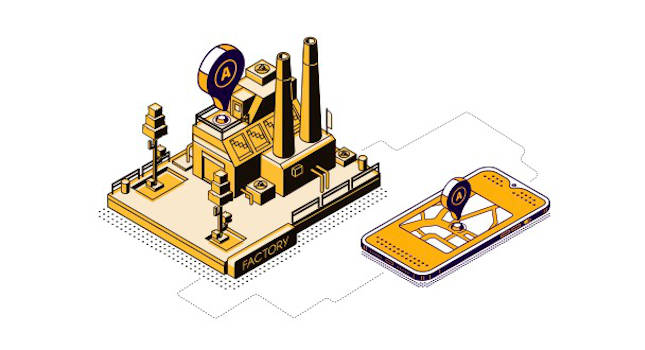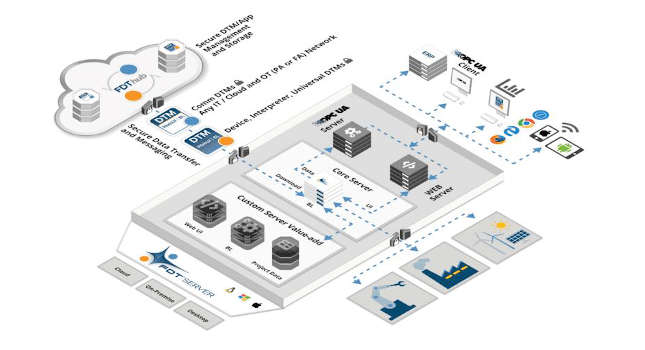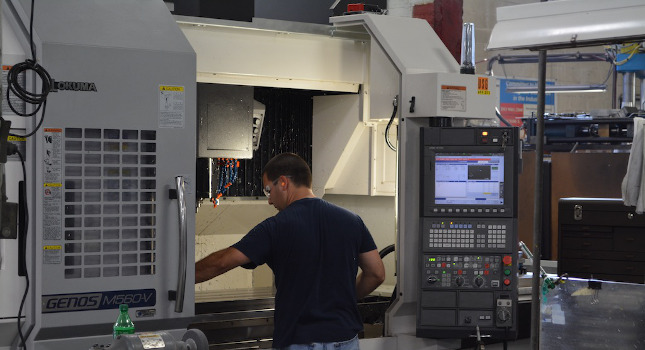There is something about January 1, 2000, that makes us want to peer into the future. When it comes to information systems, 5-10 yr is about as far ahead as mere mortals can see.
There is something about January 1, 2000, that makes us want to peer into the future.
When it comes to information systems, 5-10 yr is about as far ahead as mere mortals can see. The rate of change in information technology is just too fast to make any long-term forecasts that are relevant to end users. The past 10 yr have seen some dramatic changes. Who foresaw the impact of the internet or e-commerce on computerized maintenance management systems/enterprise asset management (CMMS/ EAM) back in 1990? Who could have predicted the growth in revenue and installed base among industry leaders?
Does this mean we shouldn’t try to forecast where the industry is heading? Certainly not! Maintenance professionals have too much riding on the future not to try to properly position themselves or their organization for the future. However, don’t feel compelled to scrap your current systems based on any Year 2000 prediction. Rather, try to factor future changes into your technology acquisition plans.
Even if you are not contemplating any near-term changes in your current CMMS/EAM, you need to account for future transformations in the industry. Your expectations of where the CMMS/EAM industry is heading should impact not only what you buy, but also when you plan to buy it. In fact, this advice should hold true regardless of the calendar. January 1, 2000, is just another day. We should always try to look to the future.
Assessing the future
Take a few minutes and contemplate the future of the CMMS/EAM industry. Restrict your thoughts to the next 5 yr to make the process easier. It is unlikely that an unknown technological advancement is going to come out of nowhere and radically change the industry in such a short time. The roots of any such change should already be evident.
So please take a moment to think about the following questions:
– What is going to happen to the CMMS/EAM industry?
– What technologies will drive the CMMS/EAM marketplace?
– What functionality will be hot in the industry?
– How should end-user companies position themselves relative to the above trends?
Now see how you stand against some of the industry’s experts.
Expert #1
Terry Wireman (www.terrywireman.com) is an author, columnist, lecturer, and consultant. His book Computerized Maintenance Management Systems is one of the definitive texts on the topic. Wireman answered my questions this way:
Where’s the industry going? The industry will see more consolidation, with premier vendors continuing to gain market share while smaller solution providers will fold. ERP vendors will also continue to make significant inroads through equity stake or outright acquisition of CMMS/EAM companies.
What technologies will drive the industry? Web-based solutions will dominate the technological horizon.
What functionality will drive the industry? Real-time condition monitoring will become the norm with more “out of the box” integration between equipment, diagnostic applications, and CMMS/ EAM software. E-commerce will become a fact of life in plant engineering and maintenance procurement.
How should organizations position themselves? Companies need to be prepared to take advantage of technological advances. However, they must also exercise “due diligence” with any potential vendor. Technology and functionality do not guarantee financial success. Selecting a solution from a questionable vendor is a potential dead end.
Expert #2
Next, I turned to International Data Corporation (IDC), a market research firm known for tracking and forecasting information technology trends (www. idc.com) . I asked the same questions of Brian McDonough, an IDC research analyst who follows the enterprise application market.
When asked where the industry was going, he said that more and more CMMS/EAM vendors will offer variations of their solutions tailored to specific vertical industries. However, they will need to offer application suites that automate more business processes to remain competitive in this market.
In McDonough’s opinion, Java-based, platform-independent applications with the ability to run on any internet device will drive the marketplace. The importance of materials management functionality, including e-procurement, will increase. And workforce management will take on added significance as companies seek to enhance the performance of maintenance employees. CMMS/EAM vendors will partner with maintenance process outsourcers and application service providers (ASPs) to offer solutions that manage everything from the software application life-cycle through complete maintenance operations.
According to McDonough, end users should not restrict their investigation of outsourcing benefits to maintenance. They should consider outsourcing all aspects of the business process including maintenance information systems. Third-party ASPs make this possible by providing access to solutions over the internet that were previously available only through software purchased, installed, and maintained by the end user.
What yours truly says
That’s what two experts say. Now it’s my turn, although I must admit to having modified some of my views based on their predictions. But that’s okay. The purpose of this exercise is to help us take advantage of future trends. I hope that you, too, will review and revise your forecasts based on the information here. So here’s my spin.
I agree with Wireman that the rich will get richer. Five years from now there will be fewer solution providers. I have predicted this for years. New providers always seem to be breaking into special niches in the marketplace. Some ERP vendors will seek to extend their enterprise coverage by acquiring a CMMS/EAM package. But with ecommerce and customer relationship management, there are plenty of other places for ERP vendors to spend their money.
Brian McDonough’s assessment was on the mark regarding CMMS/EAM vendors repackaging their software into specialized versions for specific industries. ERP vendors have been doing this for years. Some CMMS/EAM vendors have started to target variations of their packages at specific vertical industries.
I will also happily jump on the internet bandwagon. Most vendors currently have some sort of web-based front-end to handle work requests and inquiries. As the graphical user interface (GUI) client/server paradigm dominated the industry in the 1990s, so web-based, thin-client architecture will become standard in the next decade. Major CMMS/EAM vendors already have moved, or are in the process of moving, to this platform. The rest of the industry will soon follow.
Because this architecture supports any internet-capable device, it will have a major impact on the way users interact with CMMS/EAM software. Hand-held computers and smart phones will replace paper as the communication medium for the craftsperson. Information will be received from and delivered to the field when it is needed.
I can’t image any maintenance organization not purchasing maintenance, repair, and operating (MRO) items through the internet in the coming decade. It reduces procurement costs too dramatically to ignore. Major CMMS/EAM vendors have already staked out their turf in this fertile marketplace. The rest will follow or suffer the consequences.
Smart devices on an internet backbone will make real-time monitoring of equipment by management software practical. Information can flow seamlessly to a local CMMS/EAM package or to a third-party service provider. McDonough’s comments on ASPs merit reflection. Webcentric architectures do not require the end-user organization to run its own data center to access an application. If we can outsource maintenance activities, why not outsource maintenance systems?
As part of an ongoing planning process, companies need to take stock of their maintenance information requirements. Obviously, this planning process should consider technological advances and trends in the CMMS/EAM industry. But changes shouldn’t be made for the sake of change. Companies still need to do their homework to determine when and how to make their moves.
Like the IT world, the CMMS/EAM industry continues to evolve. We constantly need to try to figure out where it is heading, not out of a desire to be on the leading edge, but so that we can make the right information systems investments at the right time to ensure our company’s future. So don’t stop predicting with January 2000. Keep these practices going into the future.
Tom Singer is an information technology consultant who specializes in designing, developing, and implementing systems solutions that meet client operational needs. He has worked both as a developer and integrator of CMMS solutions. He is a project manager with Tompkins Associates, a total operations consulting firm headquartered in Raleigh, NC. He can be contacted by phone at 630-472-1524 or by e-mail at [email protected].



